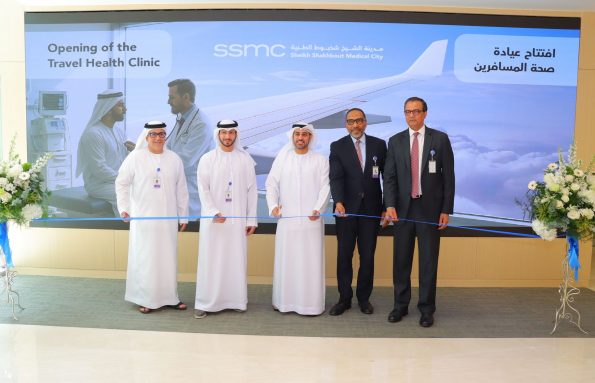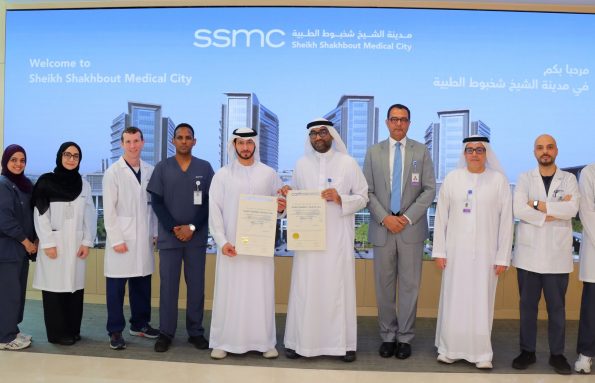Tactile feedback is the next big area of focus as robotics gains popularity in the field of gynaecology. According to Dr. Saladin Sawan, Consultant — Gynaecology Oncology surgery, Department of Obstetrics and Gynaecology at Sheikh Shakhbout Medical City, who presented a session on “Robotic surgery in women’s health and how to integrate into UAE healthcare”, surgeons are increasingly turning to sophisticated devices for minimally invasive gynaecological procedures, which gives them enhanced precision, better manoeuvrability, magnified vision, clean incisions, confidence with surgical planes, less chance of organ damage and reduced complications. This has especially beneficial in procedures such as hysterectomy and those involving benign tumours, fibroids, and complex pelvic adhesions.
Dr. Saladin Sawan, Consultant — Gynaecology Oncology surgery, Department of Obstetrics and Gynaecology at Sheikh Shakhbout Medical City.
Unlike traditional surgery, there is an absence of tactile feedback in robot-assisted techniques, which is essential to ascertain the pressure on tissues during surgery.
“Tactile feedback is what is truly missing in the current system which would give surgeons a better sense of tension applied on the site. The data collected in real-time would be beneficial to reduce scar tissues during surgery,” said Dr. Sawan. This may potentially present a drawback in the adoption of technology and create a disconnect between healthcare providers and patients, he added.
While global efforts are underway to resolve this, robot-assisted surgeries are becoming more accessible and affordable across the globe, as more hospitals are investing in the acquisition of state-of-the-art devices for improved patient outcomes. A report by specialist researchers Markets and Markets notes that the global surgical robot market is poised to reach US$14.4 billion by the year 2026, which further supports this phenomenon. Other benefits include preoperative planning and warmup that are closely linked to high success rates.
Another factor aiding investments is the support provided by manufacturers in the industry, eliminating the significant costs involved in the implementation and maintenance of robots, said Dr. Sawan. The devices themselves are taking on a more mobile form with the addition of port, instruments, and carts to allow greater flexibility in procedures. Dr. Sawan added that robotics in gynaeoncology is expected to see faster progress and more robot adoption as the tariff for hysterectomies for endometrial cancer is higher than that of benign cases.
As technology evolves, Dr. Sawan said that healthcare providers must provide the right training for their doctors. “Honestly speaking, learning how to handle robots is not difficult to learn. It is like switching from your own car to driving another model. The difference is the willingness to adjust to the new car. A similar concept applies to moving from laparoscopic to robotic surgery,” he said.
Professionals need to give themselves time to settle into the new way of performing operations. “In the end, it is about clinical governance, and how we can deliver the appropriate procedure without increasing risks and complications,” he concluded.
Source: View






